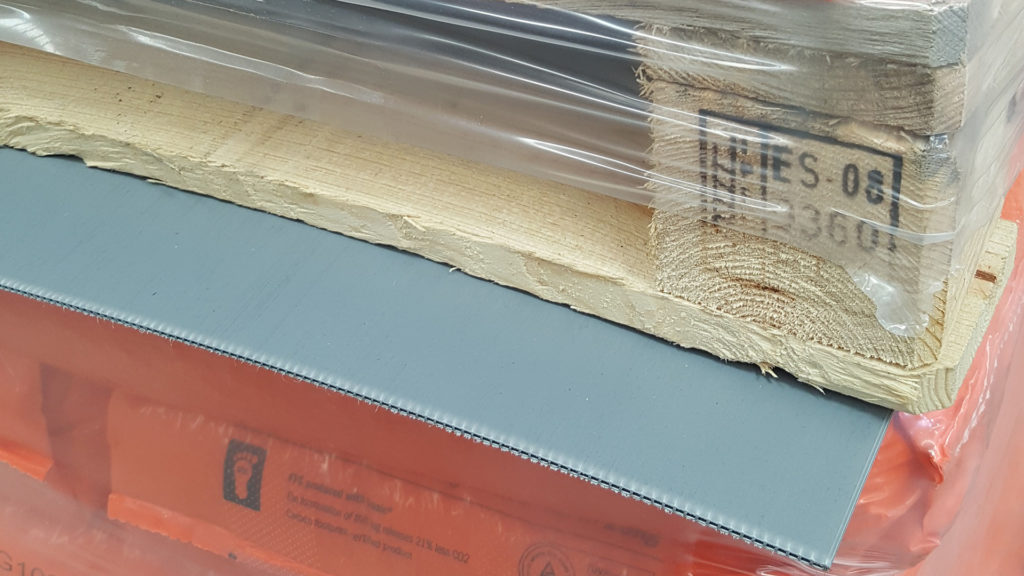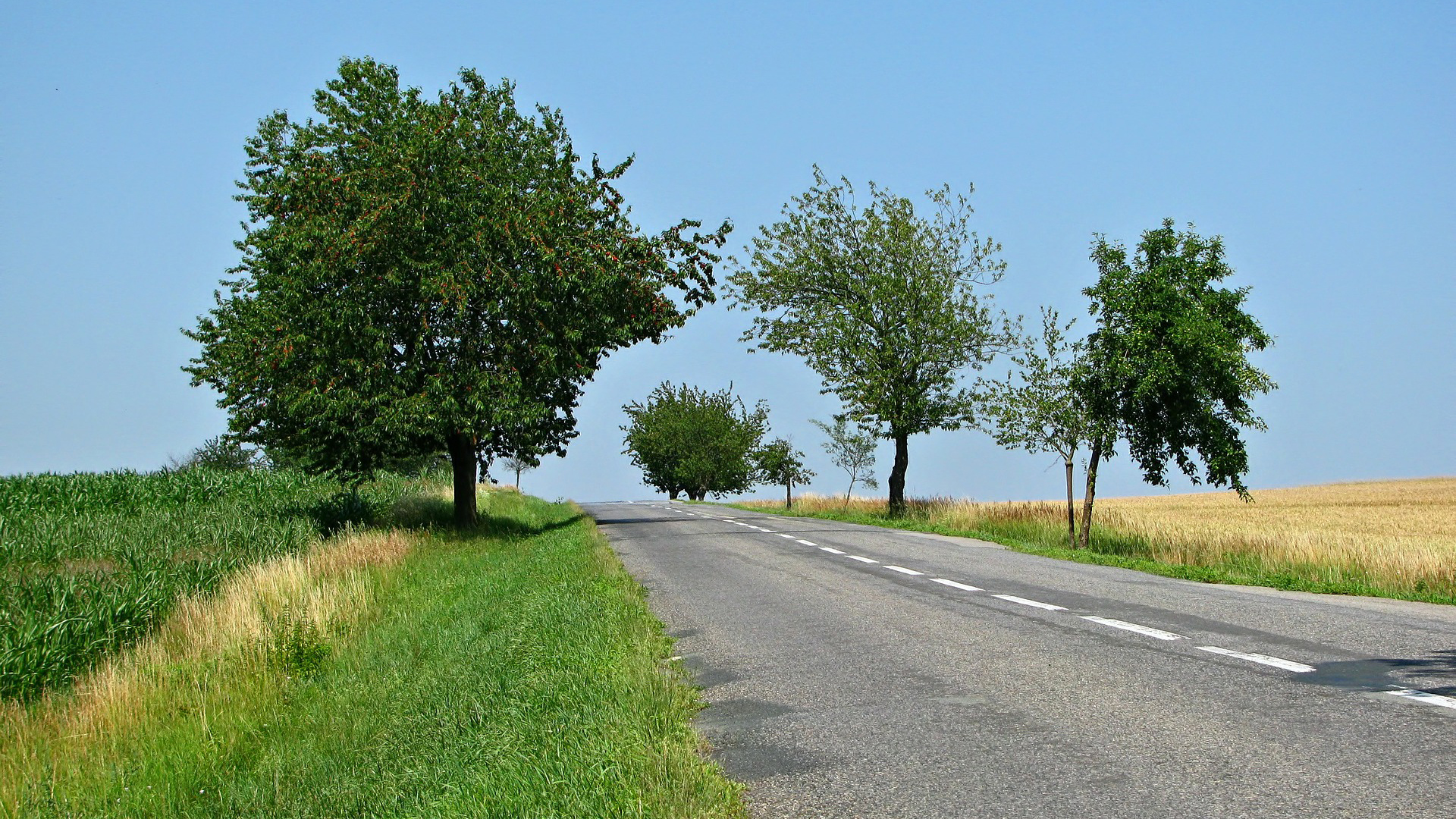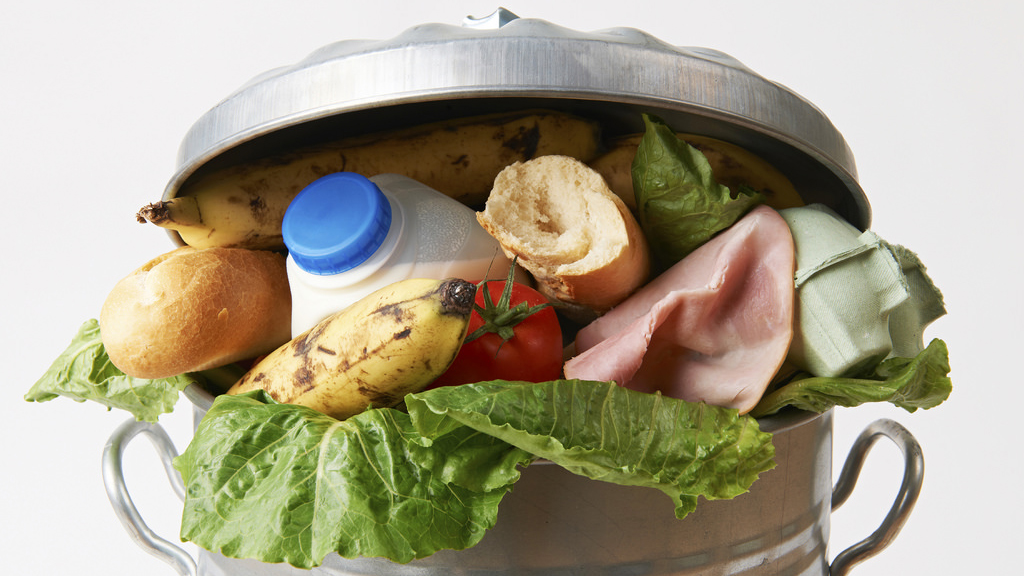Investigadores comparan láminas de madera de eucalipto con láminas de compuestos plásticos utilizadas como material de almacenamiento auxiliar en un caso de estudio español, mostrando que las segundas son mejores para el medio ambiente.
“As materials have a significant role in defining the environmental performance of services and products, special attention must be given to choosing correct materials for a specific function, in order to assure sustainability,” remarks researcher at the UNESCO Chair in Life Cycle and Climate Change ESCI-UPF Didem Civancik-Uslu. In this regard, a study performed at the Chair and involving the Universitat de Lleida, and the GCR Group, has environmentally compared different materials for sheets by using the life cycle assessment methodology in a Spanish circular economy case study on packaging.
“Even though wood is perceived to be more environmentally friendly when compared to plastics due to its renewability, this study shows some factors which help to reduce their impacts,” explains Fullana i Palmer.
The study analyses the replacement of eucalyptus wood sheets, which are used to separate loaded pallets, by plastic compound alternatives composed of virgin Polypropylene (PP), recycled PP and mineral fillers—diluents introduced into plastics to improve their properties and provide cost reduction—. “Even though wood is perceived to be more environmentally friendly when compared to plastics due to its renewability, this study shows some factors which help to reduce the environmental impacts of the plastic compound alternatives up to the point where they are better than conventional eucalyptus wood,” explains director at the Chair and co-author of the study Pere Fullana i Palmer.
Wooden vs. plastic sheets
Published in the Journal of Cleaner Production, results show that plastic compound sheets are an environmentally better alternative in this case for most of the impact categories assessed by scientists due to the higher number of uses and lower weight, the use of recycled PP and mineral fillers, and longer lifetime. “Environmental impacts have been calculated according to the International Reference Life Cycle Data System (ILCD) handbook and Product Environmental Footprint (PEF) recommendations, being the first published study to investigate the environmental profile of calcium carbonate as the filler in thermoplastics,” explains the first author of the study Civancik-Uslu.
“Plastic compound sheets are used more times (35 times) than eucalyptus wood sheets (3 times) thanks to their better mechanical properties,” describes Civancik-Uslu.
“Plastic compound sheets are used more times (35 times) than eucalyptus wood sheets (3 times) thanks to their better mechanical properties. Also, the use of recycled PP and mineral fillers reduces the amount of virgin PP used, and the addition of minerals to the plastics provides better mechanical properties extending their service life. Finally, when their lifetime is over, plastic compound sheets are sent to be recycled in on-site recycling facilities, providing environmental credits to the system and clear advantages in terms of the application of circular economy in in-company borders,” describes Civancik-Uslu. Furthermore, “on-site recycling assures 100% recycling and eliminates the transportation,” she adds. However, eucalyptus wood sheets are found to have slightly better results in resource depletion impact categories for water, mineral, fossils, and renewables.
Quality loss
In the context of an ongoing discussion on how to allocate the burdens and credits of recycling process between different stages of product cascade systems, scientists have performed a methodological discussion on how to credit the system in open-loop recycling—a method that delays disposal by converting manufactured goods and spent materials into both new raw materials— and closed-loop recycling—a process where waste is collected, recycled and then used again to make the same product it came from—.
“An assumption of substituting 1 virgin PP by 1 recycled PP may result in over-crediting the system. Therefore, the use of quality factors may represent the reality more accurately,” points out Civancik-Uslu. Among the proposed methods, “a calculation of the quality factor based on the mechanical properties of the material is the most convenient one because it is based on physical properties,” she adds.
Results show that “methodologies do not change the results in this case, since the quality loss when recycling is low and there is a significant difference in the compared alternatives,” highlights Fullana i Palmer. However, “among the scenarios studied, the open-loop recycling with market mix substitution gives the highest environmental impacts, since it considers both the use of quality factor and market share of recycled PP,” he adds.




Leave a message